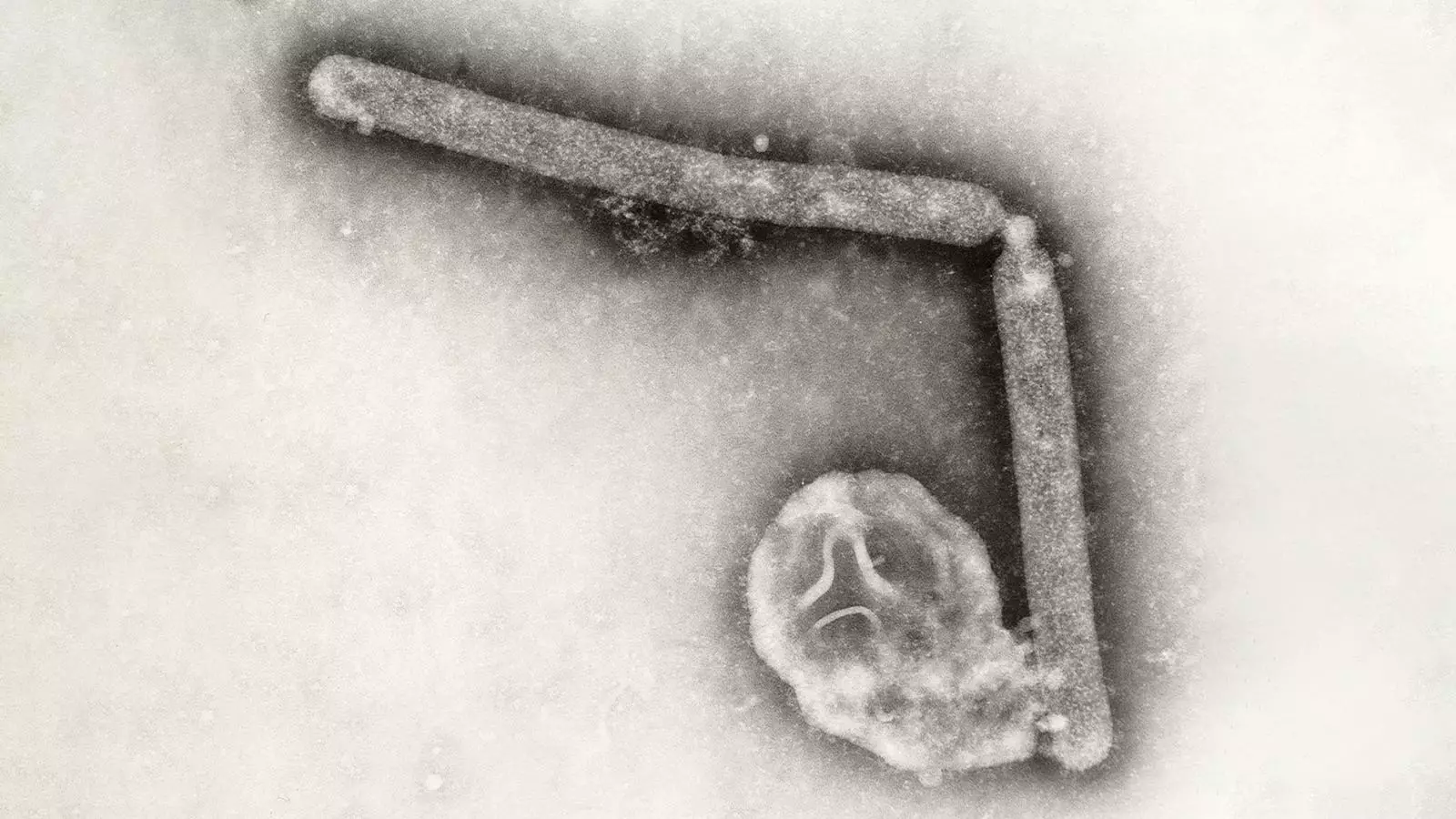Recent findings from the Centers for Disease Control and Prevention (CDC) indicate that the avian influenza virus has undergone mutations within a Louisiana patient. This case marks the first severe instance of the illness in the United States, raising questions about the potential for virus adaptation to humans. According to genetic analyses, these mutations might enhance the virus’s ability to latch onto receptors in the human upper respiratory tract. Such a development invites scrutiny, not just from health officials but also from the scientific community at large.
Dr. Michael Osterholm, a notable expert in infectious diseases from the University of Minnesota, offered a vivid analogy comparing the virus’s interaction with human cells to a lock and a key. For a virus to infect a cell, it must possess the correct “key” to unlock cellular entry. While the recent mutations may signify that the virus is refining its “key,” Osterholm reassures that this does not necessarily predict an imminent risk for widespread human transmission. He likens the scenario to a key fitting into a lock that is yet to turn, suggesting that there are still barriers preventing the virus from gaining thorough ground among human populations.
Historically, bird flu has resulted in sporadic cases among individuals, predominantly those involved in poultry or dairy farming. The Louisiana patient, currently hospitalized in critical condition, had direct exposure to ill or deceased birds within a domestic setting. Notably, the individual’s age and pre-existing health conditions put them at further risk, demonstrating how vulnerable populations are disproportionately affected during outbreaks. Fortunately, health officials assert that there has been no evidence of the virus transferring from this patient to others.
The CDC has characterized the potential risk to the general public as low, despite the troubling nature of the mutations. Public health responses are paramount, yet they must balance caution with the reality of the situation. While the possibility of sustained human-to-human transmission remains a concern, the immediate threat does not seem poised to escalate. Still, the awareness of such mutations should not be dismissed. The importance of continued surveillance and research cannot be overstated.
As stated by Dr. Osterholm, the possibility of future pandemics looms, and the unpredictable nature of viral evolution requires diligent monitoring. He forewarns that the world may encounter even more severe influenza pandemics in the future, suggesting that preparation and vigilance are essential. The idea that the “pandemic clock is ticking” serves as a reminder that infectious diseases can emerge rapidly, and the scientific community must stay informed and ready to act in the face of new threats.
While the recent bird flu mutation appears concerning, experts maintain that the situation does not warrant immediate alarm. Public health agencies and researchers need to continue closely monitoring developments as they arise, ensuring that preventive measures and responses can adapt accordingly.


Leave a Reply